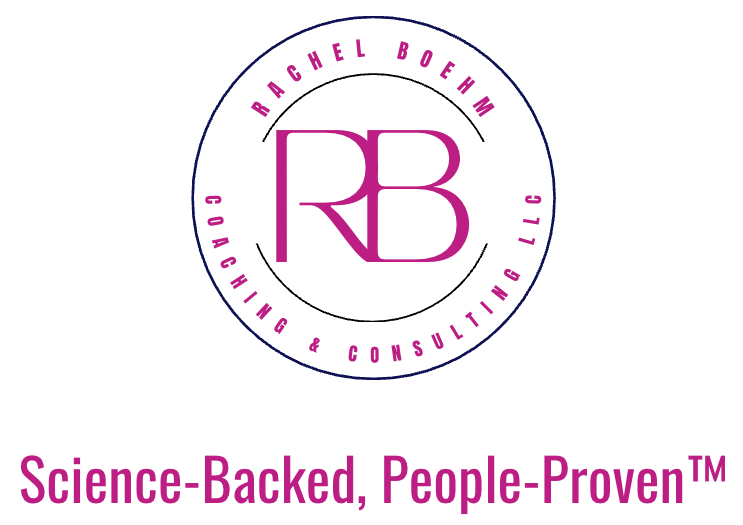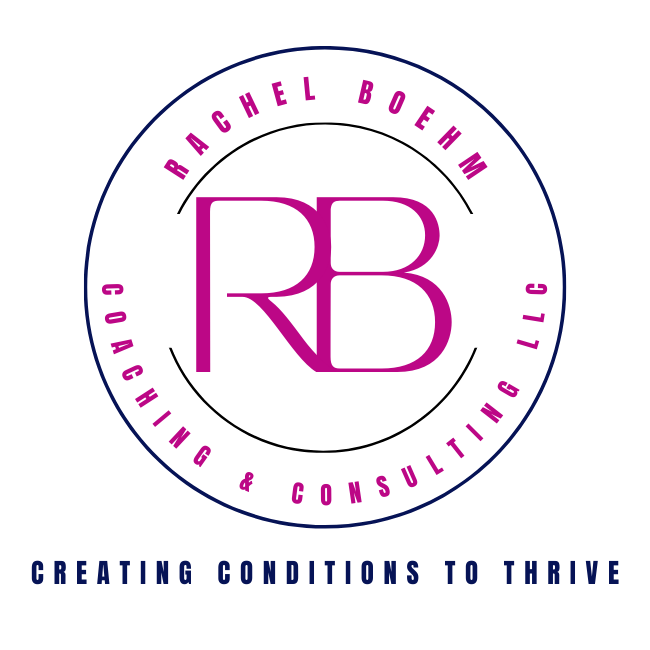Why I Don’t Try to Sell You or Your Company “Happiness”: The Truth About Employee Happiness in the Workplace
Happiness isn’t bullshit. I am not anti-happiness, to be clear.
I’m anti all the people trying to sell you happiness as an end-goal for using their products or services to improve employee engagement, productivity, wellness, organizational commitment, because:
It shows their lack of understanding about what happiness actually is and how it works in humans.
It will backfire.
Because of both one and two, it wastes your time and money. I promise, this isn’t an opinion either. My quantitative dissertation is all rooted in understanding what happiness is and is not.
Here’s what you need to know and what to do instead.
You’ve probably seen the “health and happiness” and “healthy and happy” alliterations when companies are advertising products, services, or thought pieces. But what does “happy” even mean? They may not know, they may just like the alliteration.
Or, as Julian Hayes II notes in his excellent April 2025 Forbes article, happiness is often confused for engagement when we’re talking about the workplace. Outside the workplace, the marketing of happiness makes us think that it will bring us fulfillment or success or validation. Sadly, the very pursuit of happiness makes us less happy.
What Happiness ACTUALLY Is & Why It’s Not the Goal
Happiness (i.e, hedonic well-being) is fleeting by design. It’s an evolutionary survival thing. Basically, happiness is a short-term experience of joy or pleasure or even comfort. It’s short-term for a few reasons:
To survive, our brains needed to be able to focus on new threats and opportunities. Without this, we’d be overwhelmed by persistent emotional reactions to mundane experiences.
By resetting our happiness, essentially, we are repeatedly motivated to pursue rewards like food, water, shelter, social status, and belonging. In the days of saber-tooth tigers (and even now), this increases our odds of survival.
This reset also helps protect our emotional stability, or should, by ensuring we don’t linger in distress from setbacks or become overly complacent following a win.
If you have heard of hedonic adaptation or the hedonic treadmill, this is what we’re talking about. We adapt to circumstances, positive and negative, and return to a baseline feeling. This means that positive events may bring joy, but the joy fades. Negative events bring distress, but the distress fades.
This means that it takes a greater and greater dose, so to speak, to make you feel the good feelings and override the new baseline. Worse, as Mauss et al. found in a 2011 study, “valuing happiness could be self-defeating because the more people value happiness, the more likely they will feel disappointed.”
That is, chasing happiness sets us up for greater disappointment. So why are organizations trying to achieve “happy employees” or a “happy workplace”? Why are individuals also buying into, dare I say, the grift?
What You Think You’re Buying and Getting
I think most organizations buy into the “happy worker” marketing for a few reasons.
First, is that there was a theory in organizational management called the "happy worker theory," or the happy-productive worker hypothesis, which suggests that happy employees are more productive than unhappy ones.
The thing is, the reality is not as cut-and-dry as the theory would suggest. If you want to nerd out, you can read this article in Psychology Today and this 2007 paper by Wright and Cropanzano. The gist is that the definition of happiness used in the application of the theory is sometimes job satisfaction and other times not happiness at all, but a whole other type of well-being called Eudamonic or Psychological Well-Being.
Eudamonic well-being is not as fleeting. It’s about fulfillment, the pursuit of becoming the best version of yourself, living in alignment with your values, the pursuit of purpose, etc. Not quite the same as happiness, right? Or even job satisfaction.
Lastly, even when it’s hedonic, as van Zyl noted in Psychology Today, “happy employees may indeed be more productive in certain contexts, [but] there are instances where heightened productivity may lead to burnout and even detract from overall well-being.”
Second, and related, leaders are not usually experts in organizational psychology, and even organizational psychologists are not always well-versed in the research of these two different types of well-being. So, how are they to know that they are not the same? And how are they to know that it matters? And how are they to know that happiness isn’t the same as engagement or job satisfaction, or that, if not the same, but one leads to the other, that in fact it does not? That happiness does not lead to a utopia of permanent increased engagement, productivity, well-being, and organizational commitment?
Even with the best due diligence, at some point you trust what everyone else is buying, and right now it seems like everyone else is buying workplace happiness, so you do too.
What You Should Be Buying
The Julian Hayes II Forbes article I linked to at the top said it beautifully. I encourage you to read it.
In a nutshell, fix your culture.
When I work with organizations on improving employee engagement, productivity, wellness, organizational commitment, etc., I talk about 6 factors to look at first. These come from the work by doctors Maslach and Leiter, who identified the key drivers of burnout in organizations. They are:
Workload
Autonomy/Control
Reward/Recognition
Community
Fairness
Values
These drivers affect and are affected by the soft and hard parts of workplace cultures. They affect the daily work experiences of your employees. They are the root causes. Happiness initiatives don’t tend to address the root causes, they address the downstream effects. So, instead of fixing the problem, you are paying for expensive BAND-AID®s. Expensive in the short and long term because you’ve paid for a program that will not only fail to yield the results promised, but it often will backfire through increased burnout and “wellness washing” or “well-being washing.”
Your goal isn’t wrong; the goals of improving engagement, productivity, wellness, and organizational commitment, aren’t wrong. I share them. You’re just using the wrong tactic to get there.


